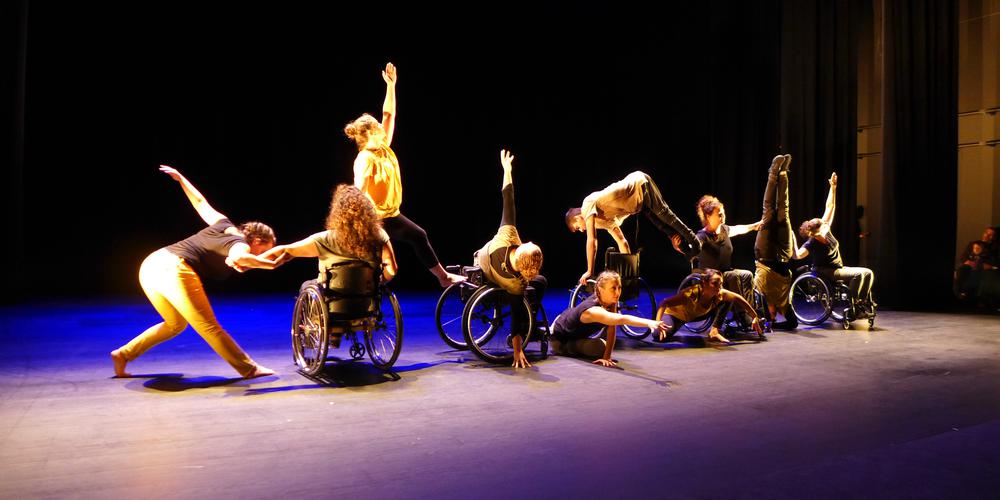- Introduction
- Understanding the Importance of Inclusivity and Diversity in Dance
- Breaking Down Barriers: Creating a Welcoming Environment
- Promoting Equal Opportunities for All Dancers
- Incorporating Different Dance Styles and Cultures
- Addressing Bias and Prejudice in Dance Education
- Fostering Collaboration and Teamwork in a Diverse Setting
- Supporting and Celebrating Individual Differences
- Implementing Inclusive Teaching Techniques
- Evaluating and Adjusting Your Approach to Ensure Inclusivity
- Conclusion: Embracing Diversity in Dance Education
Introduction
In this blog post, we will explore the importance of creating an inclusive and diverse learning environment in the world of dance. Dance is a universal language that promotes self-expression, creativity, and cultural understanding. However, it is crucial to ensure that everyone feels welcome and represented in the dance community. By fostering inclusivity and diversity, we can enrich the dance experience for all individuals involved.
Understanding the Importance of Inclusivity and Diversity in Dance
Before delving into the practical aspects of creating an inclusive and diverse learning environment in dance, let us first understand why these principles are so crucial. Inclusivity ensures that everyone, regardless of their background, identity, or abilities, feels valued and respected. Diversity, on the other hand, brings a wealth of perspectives, experiences, and talents to the table, making the dance community vibrant and dynamic.
Breaking Down Barriers: Creating a Welcoming Environment
One of the first steps in fostering inclusivity is creating a welcoming environment. This involves cultivating a safe space where dancers of all backgrounds, genders, ethnicities, and abilities feel comfortable expressing themselves. It is important to establish clear guidelines against discrimination, bullying, and exclusion.
Promoting Equal Opportunities for All Dancers
Equal opportunities are the cornerstone of inclusivity. Dance educators and institutions should strive to provide fair and equitable access to training, performances, and opportunities for growth. This means eliminating any biases or barriers that may hinder certain individuals from participating fully.
Incorporating Different Dance Styles and Cultures
One of the most beautiful aspects of dance is its rich diversity of styles and cultural influences. Encouraging dancers to explore and appreciate various dance forms not only broadens their artistic horizons, but also fosters cultural appreciation and understanding.
Addressing Bias and Prejudice in Dance Education
Unfortunately, bias and prejudice can sometimes infiltrate dance education. It is essential for educators to actively address and challenge these issues. By promoting empathy, open-mindedness, and education, we can create an environment where diversity is celebrated and discrimination is confronted.
Fostering Collaboration and Teamwork in a Diverse Setting
A diverse dance setting provides a unique opportunity for collaboration and teamwork. By bringing together dancers with different backgrounds and abilities, we can foster a sense of unity and appreciation for one another's strengths. Emphasizing the value of teamwork helps break down barriers and create a supportive environment.
Supporting and Celebrating Individual Differences
Each dancer is unique, with their own set of skills, strengths, and challenges. It is important for dance educators to recognize and support these individual differences. By providing personalized guidance and encouragement, we can empower dancers to reach their full potential.
Implementing Inclusive Teaching Techniques
Effective teaching techniques are key to creating an inclusive learning environment. Dance educators should strive to incorporate teaching methods that cater to different learning styles, abilities, and backgrounds. By adapting our approach, we can ensure that every dancer feels included and supported in their journey.
Evaluating and Adjusting Your Approach to Ensure Inclusivity
Creating an inclusive and diverse learning environment is an ongoing process. It is essential to regularly evaluate and adjust our teaching methods, policies, and practices to ensure inclusivity. Seeking feedback from dancers and colleagues can provide valuable insights and help us continuously improve.
Conclusion: Embracing Diversity in Dance Education
Embracing diversity in dance education is not only the right thing to do, but it also enriches the dance experience for everyone involved. By fostering inclusivity, promoting equal opportunities, celebrating individual differences, and addressing bias, we can create a vibrant and inclusive dance community. Let us work together to make dance a welcoming space where every individual can thrive and express themselves.
Remember to close the tag after the highlighted words in each paragraph.
